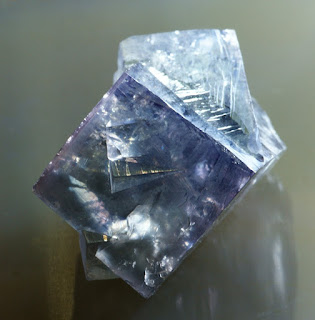Westgarth Forster, 1821: "Fluor spar occurs in veins in a great many different colours"
Reading through Westgarth Forster's 1821, “A Treatise on a Section of the Strata from Newcastle to Cross Fell”, I came across the following (on page 218):
“Most of the mineral spars are frequently found shot into prismatic, cubic, hexagonal, or other figures. These figured crystals are generally transparent, and very beautiful. It is a great curiosity to behold the inside of some of the large cavities in which they are formed. These caverns, lined with crystals, are frequently met with in hard mineral veins; and they are generally called, by miners, shakes, lochs, or loch-holes.”
On page 216 he writes the following about one of these mineral spars (today known as fluorite):
“Fluor spar occurs in veins in a great many different
colours, viz. white, green, violet, yellow, red, and brown. Its most general
form, when crystallized, is a cube, but it is frequently met with in the form
of an octahedron and cubo octahedron, it also occurs in amorphous shapeless
masses.”
And it's very true that the fluorite from this part of the world occurs in a great variety of colours. Here I've chosen a few specimens, from County Durham, Cumbria, Northumberland and Yorkshire, to illustrate the point.









Comments
Post a Comment